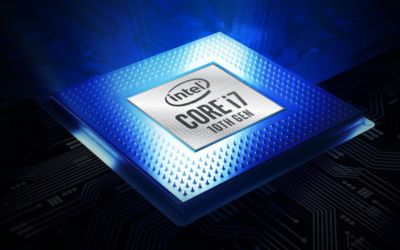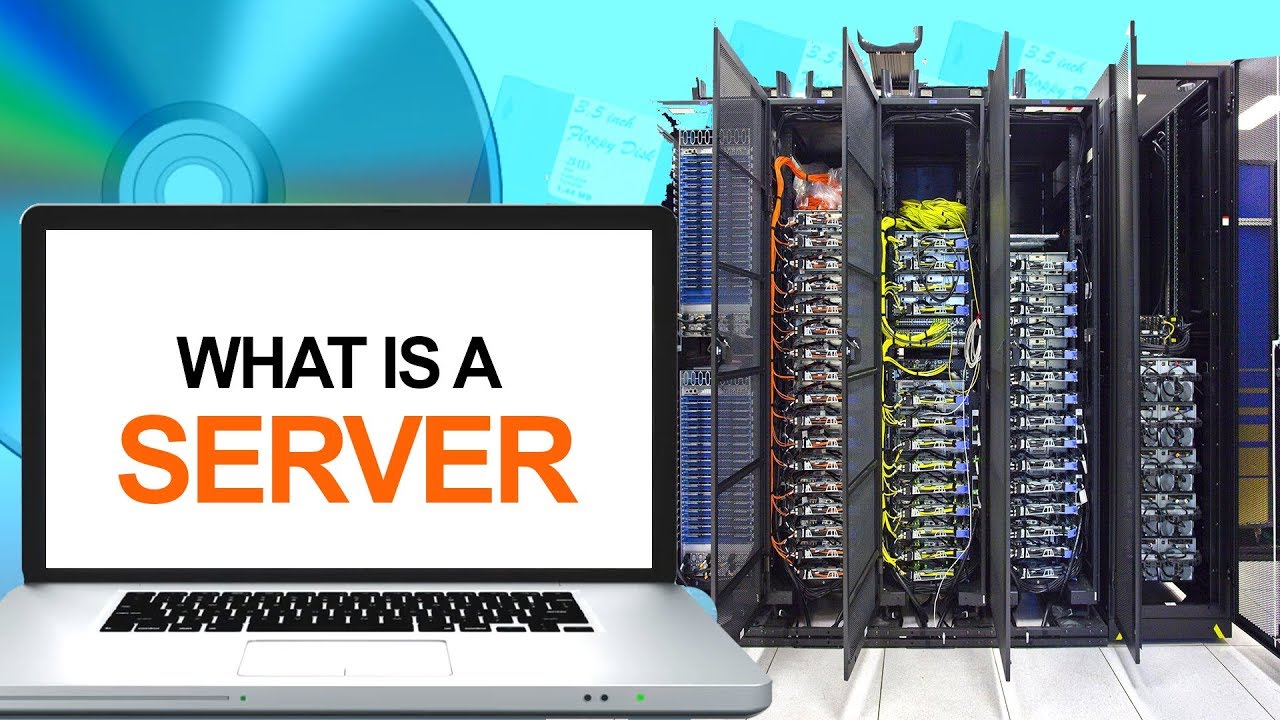What Are The Different Types of Enterprise Data Storage?

With data increasingly vital in business operations, enterprise data storage needs have expanded significantly. Effective data storage solutions not only secure vast amounts of information but also make it readily accessible for business intelligence and analysis.
Businesses today have more enterprise storage solutions than ever for storing their data—from traditional local storage to flexible cloud platforms. Here’s a look at the main types of storage available, making it easier for organizations to find the right fit for their needs.
- Direct-Attached Storage.
Direct Attached Storage is referred to as DAS. It is a digital storage device that is directly attached by cable to a workstation, server, or personal computer. Applications in Direct Attached Storage access data using the block-level access protocol.
To connect the device to the workstation or server, no network is required. Therefore, the storage network does not include DAS (Direct Attached Storage). Solid-state drives, hard drives, tape libraries, and optical disc drives are a few types of this type of storage device.
The Host Bus Adapter (HBA) links a Direct Attached Storage (DAS) system directly to a computer. Unlike NAS devices, which require a network, the HBA connects straight to the server, creating a direct link. This setup is ideal for departments, workgroups, or small businesses that don’t need to share data widely. It works best in environments where only a few hosts and servers are required.
- NAS Network-Attached Storage
Network-attached storage (NAS) is dedicated file storage that allows data to be retrieved from a centralized disc capacity by numerous users and diverse client devices. Local area network (LAN) users use a typical Ethernet connection to access the shared storage.
A browser-based tool is usually used to configure and administer NAS devices, which usually lack a keyboard and display. Every NAS has its distinct IP address and is a separate network node on the LAN.
You should note that NAS is notable for its affordability, great capacity, and ease of use. In addition to supporting a cloud tier and functions like backup and archiving, it centralizes storage.
The two primary forms of networked storage are storage area networks (SANs) and network-attached storage. Block storage within databases sometimes referred to as structured data and block storage for enterprise applications are the main uses for SANs.
- Storage Area Networks
A Storage Area Network (SAN) is a specialized, fast network that provides network access to storage devices. To connect hosts, switches, storage elements, and storage devices, SANs often consist of several technologies, topologies, and protocols. Multiple places can be covered by SANs.
The main objective of SAN is data transfer between the server and storage device. It also enables the transfer of data between storage systems. The main purpose of storage area networks is to link servers to storage devices, such as tape libraries and disk-based storage.
- Software-Defined Storage
Software-defined storage (SDS) is a data storage management method that separates the software responsible for managing storage tasks—such as capacity allocation, data protection, and data placement—from the physical hardware that holds the data. This approach gives greater flexibility and control over storage resources, enabling businesses to manage their data more efficiently, regardless of the underlying hardware.
SDS makes it simple to extend, upgrade, and replace storage hardware without requiring a change to established operating practices or the loss of expensive software investments.
Different storage solutions might provide similar services, but each one does so in its own way, leading to compatibility issues. Traditional hardware-bound storage architectures tie storage operations to specific devices or manufacturers, meaning they can’t easily work with other systems.
In contrast, modern software-defined storage (SDS) keeps storage management separate from the physical hardware, allowing it to be used across various hardware setups without these limitations. This makes SDS more flexible and compatible, as it doesn’t rely on a specific device or brand.
- Cloud Storage
Cloud storage is a cloud computing concept that allows you to store files and data online with a cloud computing provider, which you can access via a private network connection or the public Internet.
You no longer have to worry about operating underutilized hardware as demand declines, replacing malfunctioning devices, managing storage area networks (SANs), running out of capacity, and adding infrastructure to scale up with demand.
Cloud storage can provide the flexibility, cost savings, security, and ease of use that allow you to concentrate on expanding your main business, regardless of your company’s size. Cloud storage allows small businesses to scale as their operations expand, eliminating the need to invest significant resources in managing storage on their own.
Conclusion
Today’s businesses have numerous on-premises and cloud-based data storage options. The right choice depends on specific organizational needs, and many businesses find that a hybrid approach works best. For example, essential applications can be stored on-premises with a SAN or NAS solution, while cloud storage is used for additional security and scalability.
The key is to find a combination that aligns with your budget, growth plans, and data management requirements, allowing room to adapt as your business evolves.









